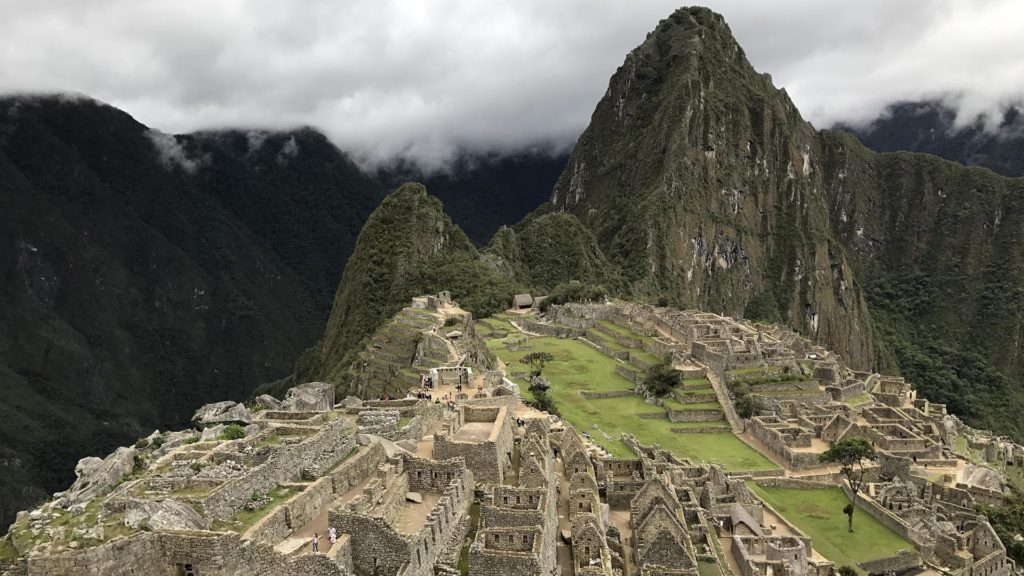Learning is Part of the Job
One of the best aspects of being a professional engineer is that we continuously learn about engineering and our world. Reid Middleton recently began work on a project in Peru, and after we visited the project site to learn about the facility while performing our field investigation work, myself and another structural engineer from our firm, David Gonzalez, took a couple of extra personal days to travel to Machu Picchu for some hiking and sightseeing.
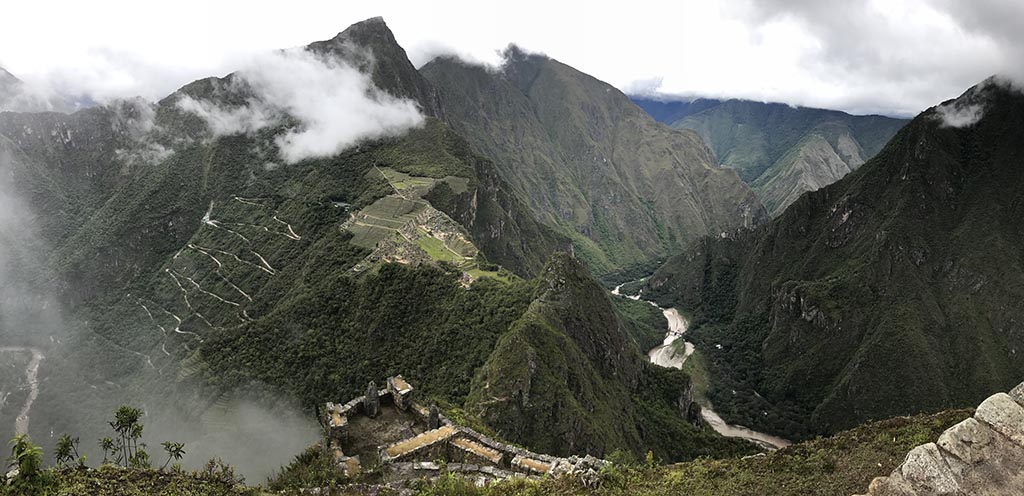
Machu Picchu is situated at an elevation of almost 8000 feet in the Andes Mountains in Peru. It was built by the Incas as a citadel in the 15th century and declared a Unesco World Heritage Site in the early 1980s. It is also an American Society of Civil Engineers Historical Civil Engineering Landmark, designated in September 2006, recognizing the advanced civil, hydraulic and geotechnical engineering of the Inca civilization.
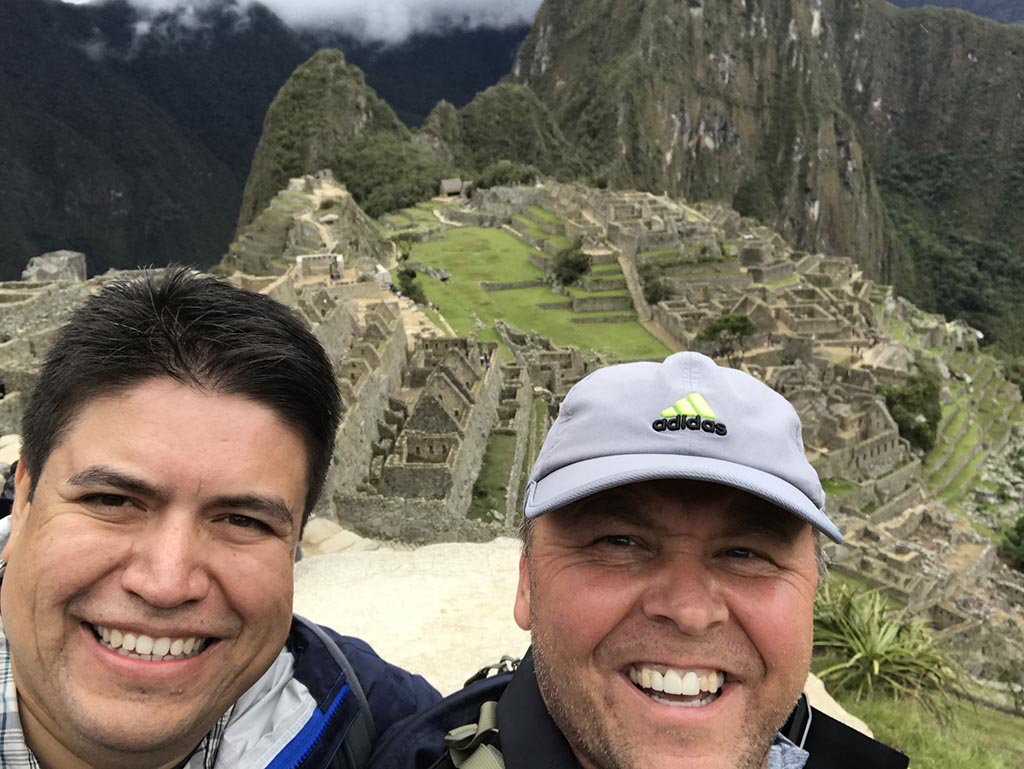
Getting There is Half the Fun
There are several ways to get to Machu Picchu from Lima, Peru. For our trip, we travelled by the most expeditious means, which involved air, taxi, train, and then bus. The bus is really necessary as it travels along switchbacks up an extraordinarily steep mountainside. It was the best $25 I have spent on a bus ride in my life!
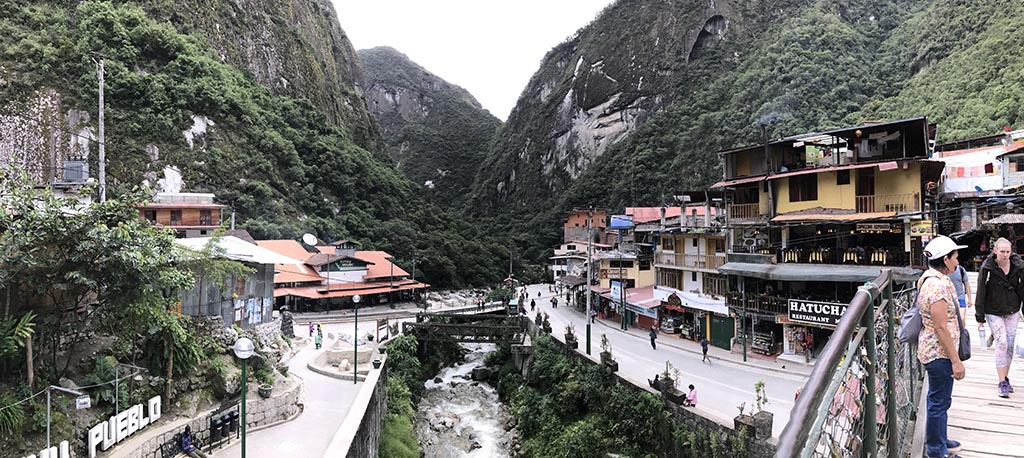
Travel to Machu Picchu from Lima, Peru requires: a 1.5-hour flight to Cusco, a couple of days acclimating to the high altitude of the region, a 20-minute taxi ride over an 11,000 foot mountain pass to the Peru Rail station in Poroy, a 3-hour train ride from Poroy through the sacred valley to the town of Aguas Caliente, and finally a 30-minute bus ride from Aguas Caliente to the Machu Picchu Park Entrance. An interesting sight during the train ride is the Skylodge. A series of glass-cladded pods encrusted 1,000 feet above the Sacred Valley on the side of a mountain (https://www.airbnb.com/rooms/2177913). Reverse the order to get back to Lima and then prepare yourself for two, 6-hour flights back to the west coast!
Travelling to Machu Picchu is full of adventure. Arriving in Cusco, you were immediately aware of the high elevation. Simply walking up a small flight of steps would cause you to lose your breath momentarily. Cusco is a historic city with friendly people that are ready to help a wayward traveler, vibrant markets that have just about any local food you can imagine, and beautiful historic architecture and city center town squares.
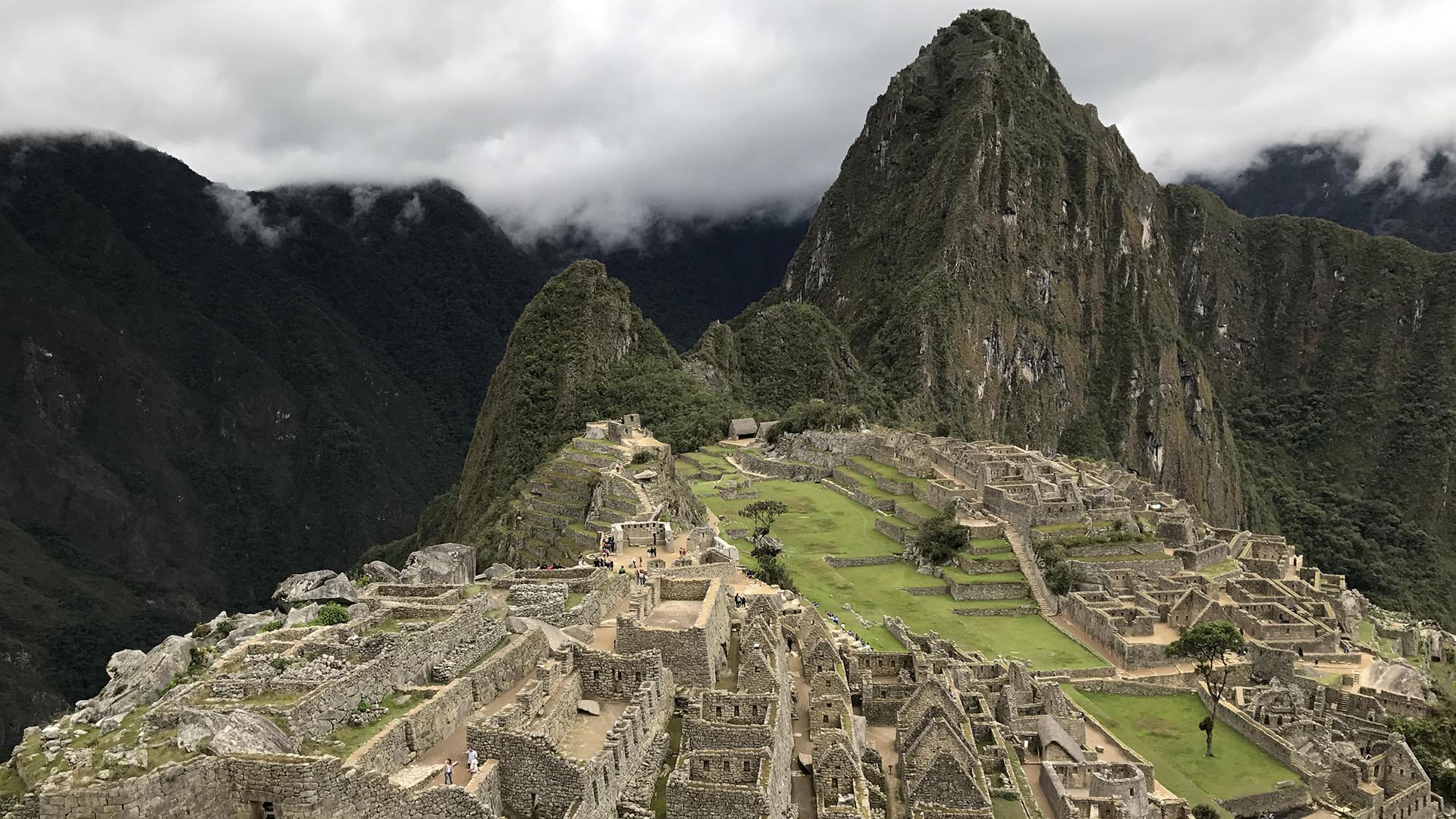
Aguas Caliente is nestled in a stunningly steep valley and is the place you catch the bus to Machu Picchu. It is full of a variety of restaurants, busy markets, and unique places to stay. If you go, I suggest you pack light to enhance the enjoyment of your trip.
Built by Engineers – Machu Picchu is Amazing
Okay, perhaps Machu Picchu was built by more than just engineers… I am sure that they also had architects, surveyors, planners, masons, farmers, and other trades as well. What is striking about Machu Picchu is how well-organized the site is. We had a local Peruvian guide help us better understand the city and the history of its construction and use. The city is divided into urban and agricultural areas, and we were told that the steps of the main staircase that divides the city were spaced for the gait of the llamas that are used extensively within the city. The steep mountainous terrain is terraced to stabilize steep slopes while providing areas for agriculture. These agricultural terraces employ fill soils of varying gradation that allows irrigation water to flow under the surface to uniformly irrigate the terraces. There are 16 domestic water supply fountains where the water is routed through channels within the stone masonry construction. Simply amazing architecture and engineering. All this infrastructure supported about 3,000 people that lived there during the Inca empire.
One of the striking things that become apparent as you hike and tour the Machu Picchu site is the level of technical knowledge that was used by the Incas to create such an amazing city. The material selection, design, and workmanship was of such exceptional quality that the place has lasted almost 500 years! In our modern society, a 30- to 50-year design life of a facility almost seems like a “disposable” timeframe compared to what the Incans built. Also, in today’s society, there is a significant amount of formal education, training, and even testing to qualify designers and builders to design, engineer, and construct public works and facilities. It is humbling to see all that the Incas did almost 500 years ago without the resources that we have at our disposal today.
I Hope You Like Stairs…
Climbing Waynapicchu Mountain was a highlight for us. It is the larger mountain of the two adjacent mountains next to the ruins. It is a hard climb. It seemed like a million steps, straight up the mountain, but certainly worth the effort.
The views of the surrounding mountains and the ruins are spectacular. What is also amazing, is that there are constructed facilities (ruins) that were built up on top of Waynapicchu that include a structure, look out perches, terraces, and a series of steps that traverse the top of the mountain.
I highly recommend visiting this world heritage site. It was an amazing experience, so go, but remember to enjoy the journey as much as the destination.

